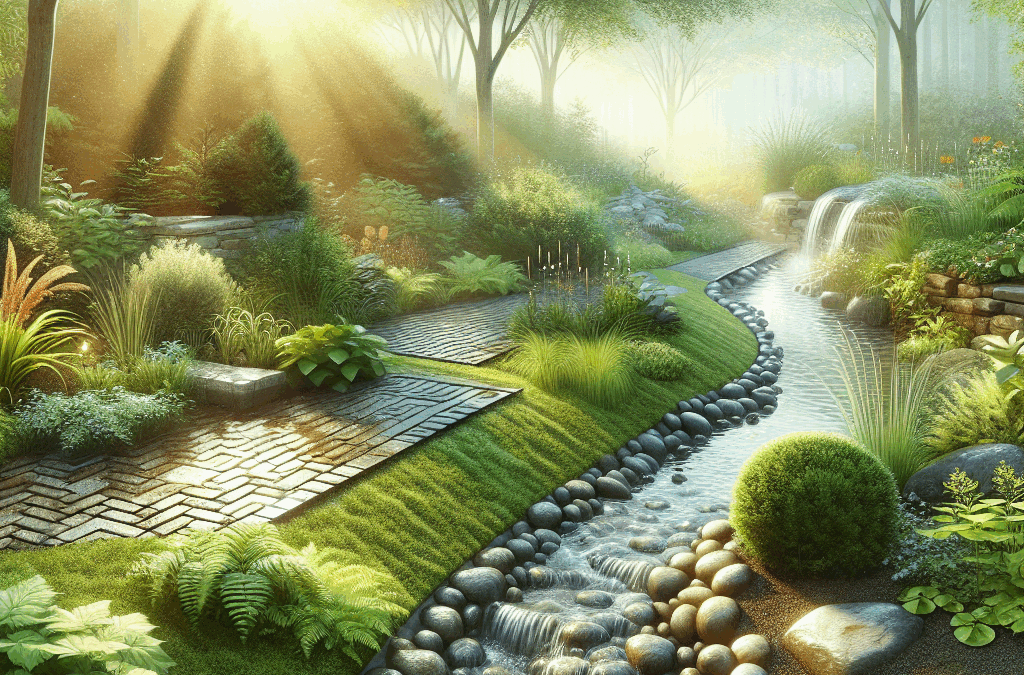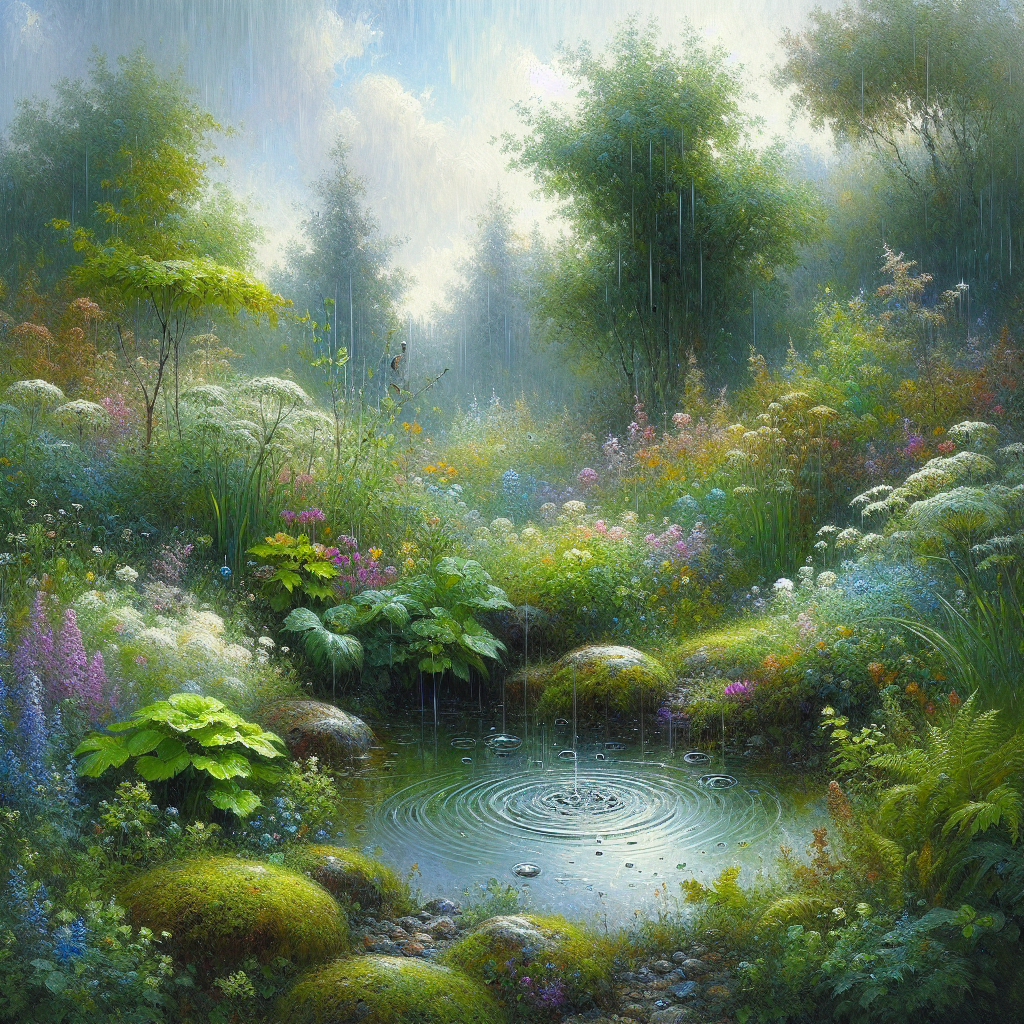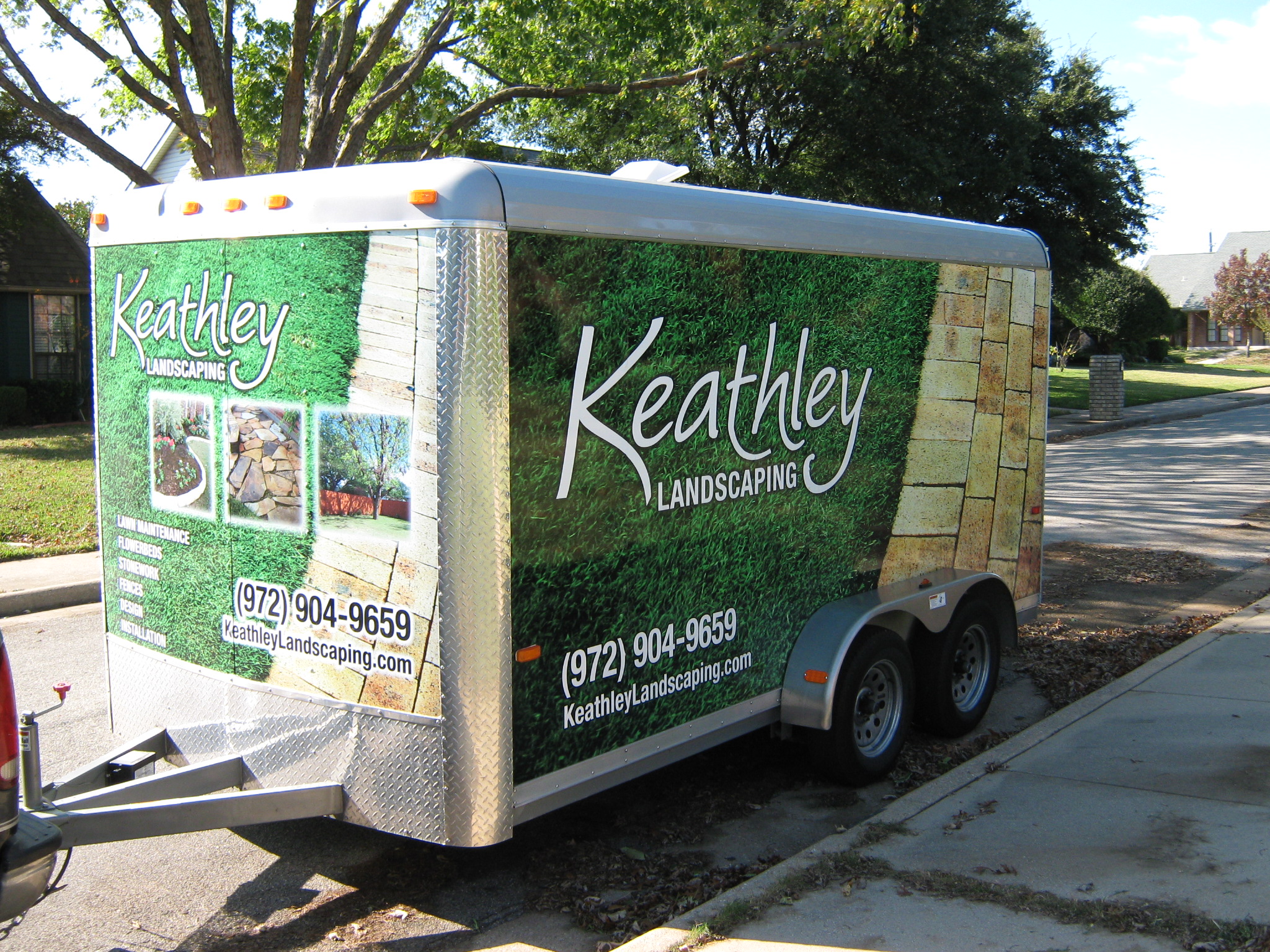Yard Drainage Solutions for Eco-Friendly Landscaping 🌿
Creating an eco-friendly landscape can be a rewarding project that not only enhances the beauty of your home but also contributes to environmental conservation. One crucial aspect of sustainable landscaping is effective yard drainage. Without proper drainage, water can pool in your yard, leading to plant damage, soil erosion, and even structural problems. In this blog post, we’ll explore some innovative and environmentally friendly yard drainage solutions that can transform your landscape into a green oasis. 🌱
Table of Contents
1. Introduction
2. Understanding the Importance of Yard Drainage
3. Eco-Friendly Yard Drainage Solutions
a. Rain Gardens 🌸
b. Permeable Pavers 🌿
c. French Drains 🌍
d. Dry Creek Beds 🌊
4. Conclusion
5. FAQs
Understanding the Importance of Yard Drainage
Before diving into solutions, let’s understand why yard drainage is vital. Poor drainage can lead to waterlogging, which not only disrupts plant growth but can also cause soil erosion and attract pests. Moreover, standing water can damage foundations and create breeding grounds for mosquitoes. Implementing effective drainage solutions ensures your landscape remains healthy and vibrant while minimizing environmental impact.
Eco-Friendly Yard Drainage Solutions
a. Rain Gardens 🌸
Rain gardens are a beautiful and practical solution for managing stormwater runoff. These shallow, planted depressions are designed to absorb rainwater and allow it to filter slowly into the ground. By utilizing native plants, you can create a habitat for local wildlife while reducing water runoff and preventing soil erosion.
b. Permeable Pavers 🌿
Permeable pavers are an excellent choice for eco-friendly landscaping. Unlike traditional concrete, these pavers allow water to seep through the surface and return to the groundwater system. This reduces runoff and helps maintain the natural water cycle. Plus, they come in various styles and colors, adding aesthetic appeal to your walkways and driveways.
c. French Drains 🌍
French drains are a classic solution for yard drainage. These consist of a trench filled with gravel or rock, with a pipe that redirects water away from problem areas. They are highly effective for areas with heavy rainfall and can be discreetly integrated into your landscape design.
d. Dry Creek Beds 🌊
Dry creek beds mimic the appearance of natural stream beds and are both functional and decorative. They guide excess water away from your yard during heavy rains and dry up when not needed. Lined with rocks and plants, they can become a stunning landscape feature while solving drainage issues.
Conclusion
Transforming your landscape into an eco-friendly haven is not just about aesthetics; it’s about creating a sustainable environment that harmonizes with nature. By adopting these yard drainage solutions, you can protect your plants, prevent erosion, and contribute to a healthier ecosystem. Whether you choose the elegance of a rain garden or the practicality of a French drain, these techniques offer a greener future for your outdoor space.
FAQs
1. What is the best solution for a small yard?
For small yards, rain gardens or permeable pavers are excellent choices. They are both space-efficient and effective in managing water runoff.
2. How do I maintain a rain garden?
Rain gardens require regular maintenance like any other garden. This includes weeding, mulching, and occasional pruning to keep the plants healthy and the area clean.
3. Are permeable pavers expensive?
While the initial cost of permeable pavers might be higher than traditional options, they offer long-term benefits in terms of durability and environmental impact, making them a worthwhile investment.
4. Can I install a French drain myself?
Yes, with the right tools and knowledge, you can install a French drain yourself. However, consulting with a professional might ensure the best results, especially for larger projects.
5. Do dry creek beds require a lot of maintenance?
Dry creek beds are relatively low-maintenance, requiring occasional removal of debris and ensuring the rocks and stones are in place.








































Recent Comments